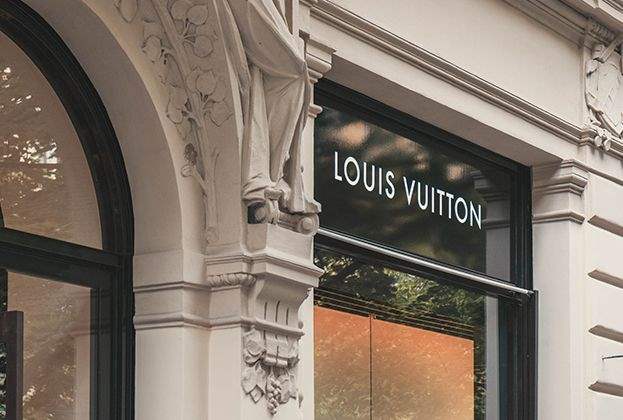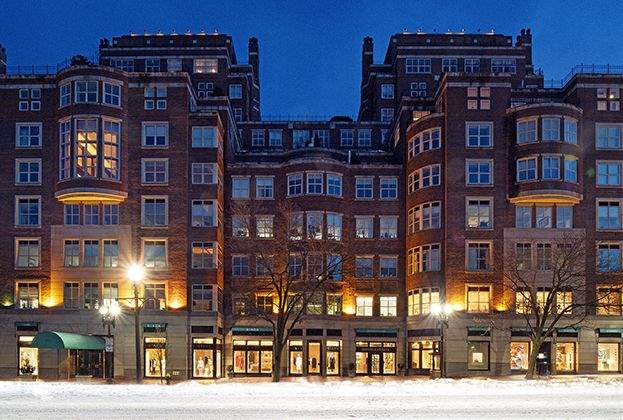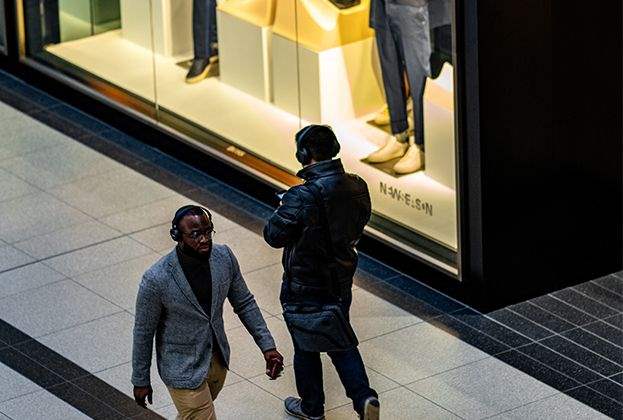The retrenchment to core destination cities seen last year will continue in 2019. Smaller, emerging and underserved destination cities will prove attractive as and when specific opportunities arise. However, shifting Chinese spend patterns suggest it will be major Chinese and global destination cities that will be the main focus for those luxury brands wanting to expand or improve their physical profile
As a result we expect the move towards larger flagship stores that deliver digitally enhanced experiences and showcase the full product line by the bigger luxury houses will intensify in 2019, with core luxury areas / streets being the key targets for this initiative. This will maintain prime headline rents in these locations.
Alongside this, greater use of experiential pop-ups by the heritage luxury brands will also become more frequent. For those landlords controlling luxury properties/areas in destination cities the need to adopt a more flexible leasing approach that can facilitate the aspirations of luxury brands, and in turn enhance the appeal of their properties, will need to be a key consideration.

Strong growth in the footwear and accessory segments will also mean that demand for smaller units, particularly those in core or fringe luxury areas/ streets in large global destination cities, will be robust in 2019. However, sustainability of occupational costs will be key to maintaining demand and rents.
It will be the evolution of what constitutes luxury and the funding trends of the large luxury and private equity houses, however, that will really shape the physical luxury landscape in 2019 and beyond. Funding into streetwear, luxury pre-owned and rental brands and retailers, which largely exist with online only platforms, will help support the move into physical spaces. As seen with other online brands that have transitioned, the major global destination cities will be their primary focus with fringe luxury and emerging areas within these cities likely to offer the most attractive opportunities.
For landlords, this evolution will require more openness to what constitutes a luxury occupier. It will also require a greater degree of flexibility in regards lease terms and what occupiers may want to do with their space as the luxury store experience is set to go through the most significant change.
Read the other articles within this publication below
.jpg)





